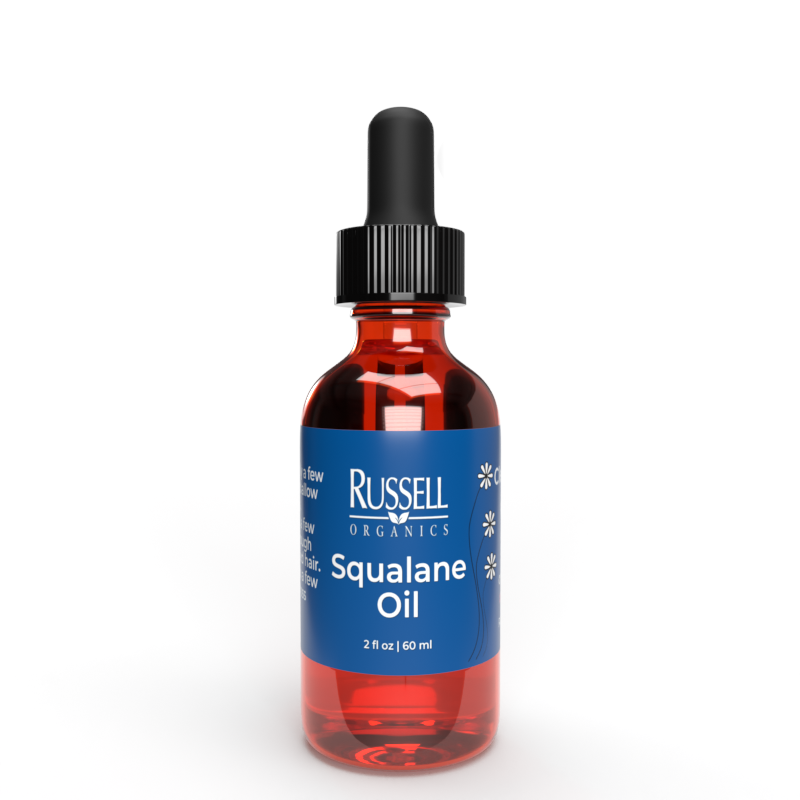
Squalane oil has secured a prominent place in the skincare industry, admired for its ability to moisturize, protect, and revitalize the skin. Derived from squalene, a lipid naturally produced in human skin cells, squalane oil is a hydrogenated version of squalene, offering enhanced stability. However, not all squalane oil is created equal. Its derivation plays a key role in determining its sustainability and eco-friendliness.
Breaking Down the Origins of Squalane Oil
Squalane oil can be sourced from two primary sources: animal-based and vegetable-sourced materials. The preference between these options carries significant ethical implications.
Squalane Oil from Animal Sources
Traditionally, squalane oil was commonly sourced from shark liver oil. Sharks are a significant natural source of squalene, which is transformed into squalane oil. Sadly, this approach has major ethical problems. Millions of sharks are killed annually for their livers, causing the depletion of shark squalane oil under eyes populations and disrupting marine ecosystems. Moreover, the methods used are unsustainable and are environmentally destructive.
The Rise of Plant-Based Squalane Oil
In contrast, plant-derived squalane oil is a more responsible and eco-friendly alternative. It is extracted from plants, removing dependency on animal slaughter. This method ensures humane sourcing but also results in a high-quality product for skincare applications.
Plant-Based Squalane Oil: Olive vs. Sugarcane
Among botanical-based squalane oils, two primary types stand out: squalane oil from olives and sugarcane-based squalane oil. While each offer botanical choices, their environmental impact is not the same.
Why Olive-Derived Squalane Oil Stands Out
Olive-derived squalane oil is considered the superior choice for sustainable considerations. Olives are a plentiful resource that generate fewer emissions. Additionally, olive squalane oil offers comparable hydrating and skin-rejuvenating benefits as its sugarcane-derived counterpart.
Environmental Concerns with Sugarcane Squalane Oil
In contrast, sugarcane-derived squalane oil is associated with significant eco-concerns. Sugarcane production uses excessive volumes of water and often results in pollution. This makes it less eco-friendly than squalane oil from olives.
Why Squalane Oil is Good for Your Skin
Squalane oil offers a plethora of advantages for every skin type. Here’s why it stands out in skincare:
Skin-Quenching Properties: Squalane oil seeps thoroughly into the skin, delivering effective hydration without clogging pores.
Perfect for Combination Skin: Its lightweight texture makes it suitable for those with combination skin.
Fights Signs of Aging: Rich in antioxidants, squalane oil helps to combat the appearance of wrinkles and fine lines while protecting against free radicals.
Calming for Irritated Skin: Its mild formulation eases irritation, keeping it great for easily irritated skin.
Final Thoughts
Whether you have dry, mature skin, squalane oil offers unparalleled benefits. By choosing botanical options, most notably olive-derived squalane oil, you embrace ethical practices but also treat your skin to a highly effective ingredients available.